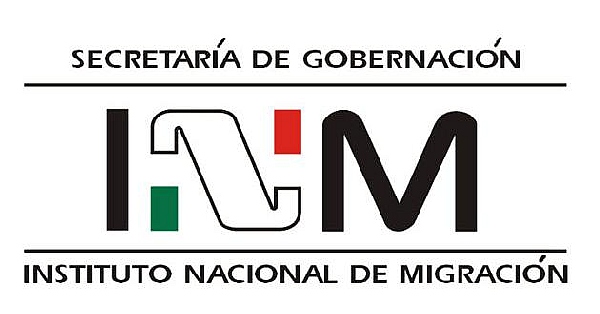Mexico - Following up on the ongoing consultations with Chapala immigration office chief Juan Carlos Galvan, this week we delve into the different permit categories, referred to in the law as Condiciones de Estancia.
But first, let’s reiterate the official’s admonition to scrap outdated terminology. Once the Ley de Migracion went on the books in May 2011, the National Immigration Institute (INM) eliminated no-inmigrante, inmigrante, inmigrado status as we know them. The FM2, FM3 and FMT permits of yesteryear no longer exist.
Galvan gave the following run down of the new document scheme:
Visitante
Like the former tourist visa, the Visitante permit is appropriate for anyone wanting to visit or reside in Mexico for a maximum period of 180 days. The permit cannot be renewed or extended beyond the allowed six-month period.
There are six different classes of Visitante permits, issued depending upon the purpose for coming to Mexico: non-working visits (tourists), working visits, short-term non-working visits in the border zone, working visits in the border zone, visits permitted for humanitarian reasons, and visits to carry out adoptions.
Citizens and permanent residents of the United States, Canada, Great Britain, Japan, and most European nations do have to obtain a visa prior to coming into Mexico as tourists. In general they are only required to present a valid passport and completed visitor form at any port of entry. (See inm.gob.mx/index.php/page/Paises_No_Visa for complete list of nationalities exempt from pre-approved visa requirement.)
Galvan underlines one significant difference in the new law: persons entering as visitors are no longer allowed to apply for a switch to resident status from inside the country, except under special circumstances cited in the statutes. They must leave before the permit expires and start the procedure for a new condition at a Mexican consulate abroad.
Residente Temporal
Temporary Resident is the status of choice for people who want to remain in Mexico for up to four years, with permission to travel in and out of the country as often as they like.
After that time lapse the holder must leave the country, with the option of initiating application for a new temporary resident or permanent resident permit through a consulate abroad. (Again, exceptions may apply under special circumstances.)
Temporary residents have the right to apply for work permits, obtain the same status for immediate family members, and bring a load of household belongings into the country.
Retirees and pensioners who will live by their own means are required to prove economic solvency.
First-time applicants are required to initiate the permit procedure outside the country through a Mexican consulate. Those who meet requirements will be issued a visa to enter Mexico under the stipulation that they appear at an INM office within 30 days of crossing the border to obtain their immigration status cards.
Galvan says that individuals who already live in Mexico with legal status as temporary residents (i.e. admitted prior to November 9th under no-inmigrante or inmigrante documents) do not immediately start from square one. They are allowed to apply for renewals at the Chapala office without leaving the country until the full four-year period of the original permit ends.
He also points out that higher income requirements now in effect are only taken into consideration in reviewing cases of individuals whose status is irregular, such as those whose documents have expired within the previous 60 days.
There is a separate temporary resident category for persons who intend to pursue academic studies, research, and training in Mexico.
Residente Permanente
The permanent resident permit is geared for persons who want to settle in Mexico indefinitely. It has the advantages of freeing the holder from renewal procedures. Permanent residents are granted rights to freely engage in lucrative activities, obtain the same status for immediate family members, and bring in a household load. They are allowed to leave and return to Mexico at will and the new law does not put limitations on the length of their absences. They are required to notify INM of any change of address, marital status, employment or nationality.
Since there is no expiration date for persons previously granted inmigrado status, they are automatically in the door as permanent residents. They will eventually have to exchange their original IMN booklets or identity cards for new ones, but no deadline has been set for that as yet.
Family Ties
One important aspect of the Ley de Migracion is its focus on guarantees for family unity. Galvan observes that while a specific status for dependents no longer exists, the new law allows anyone whose residency permits are in order to request papers for his or her spouse or common law mate, children, and parents without each one of the applicants needing to meet individual income requirements. Foreigners who are spouses or parents of Mexican nationals also enjoy certain privileges, including ability to initiate application for temporary or permanent residency condition inside Mexico’s borders.
RTFM
The requirements and allowances to qualify for each type of IMN visa or permit are spelled out in the Ley de Migración, the complementary Reglamento (rules) and Lineamientos (procedural guidelines) published in the Diario Oficial de la Federacion (federal diary.)
Some online sources to find relatively concise, reliable and updated information in English on dealing with INM:



